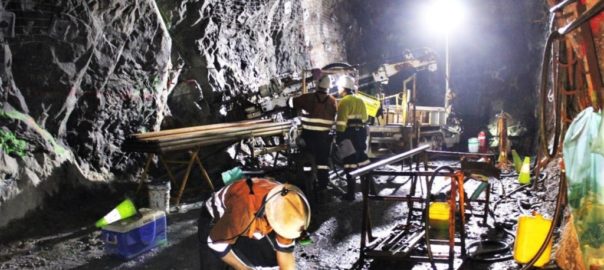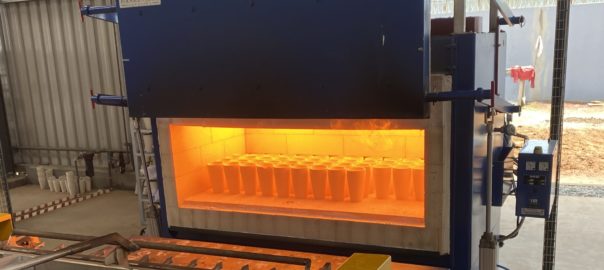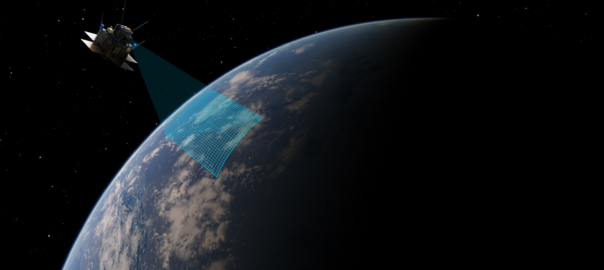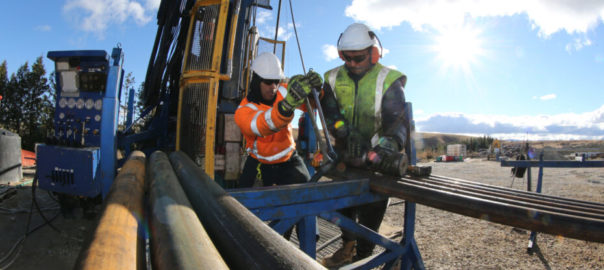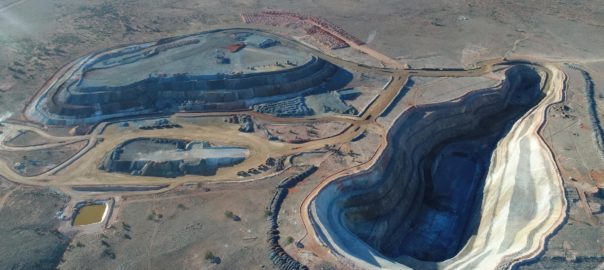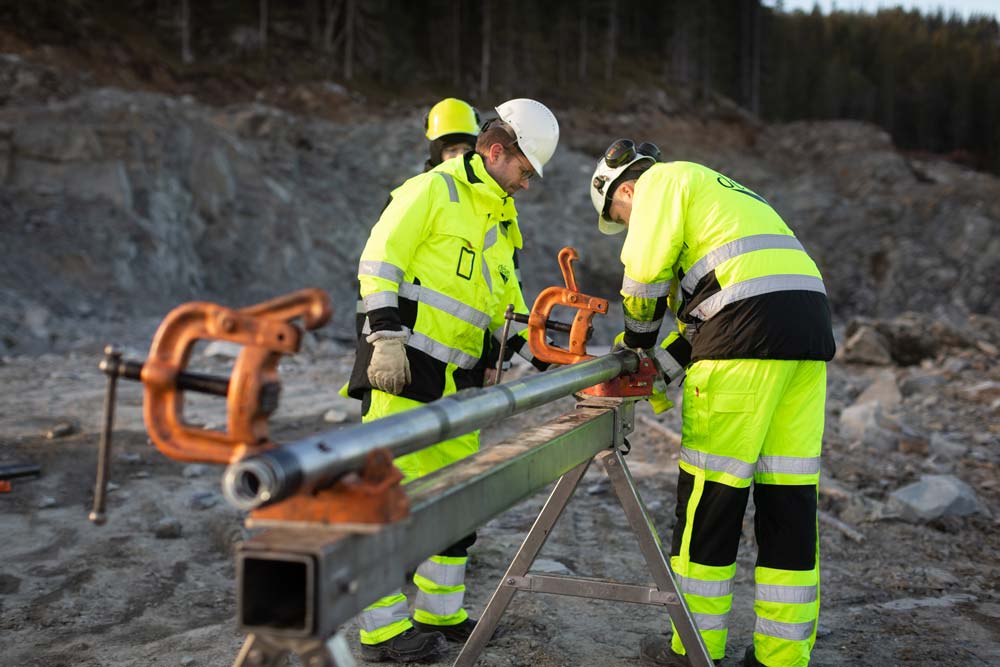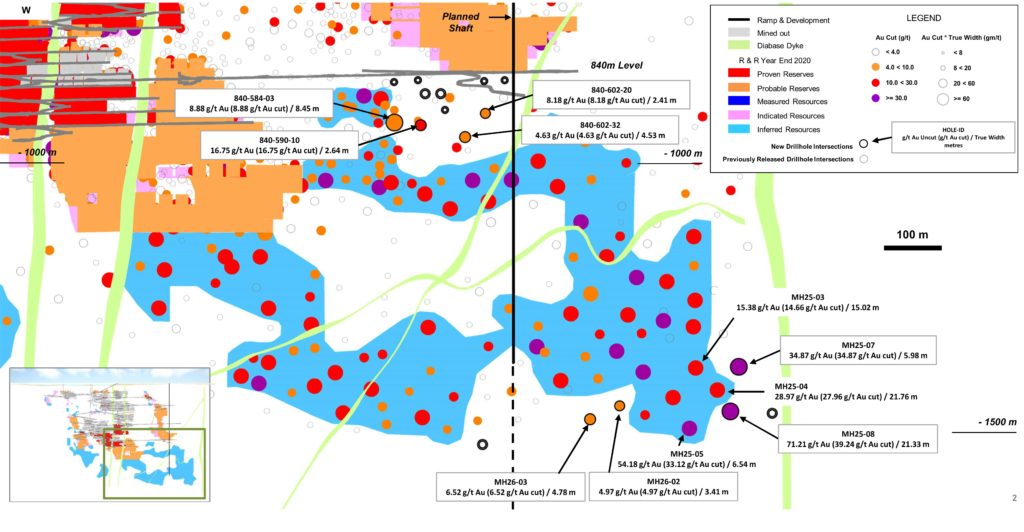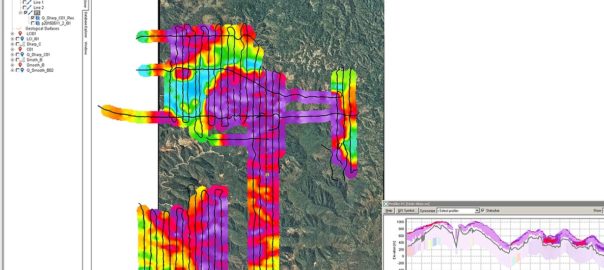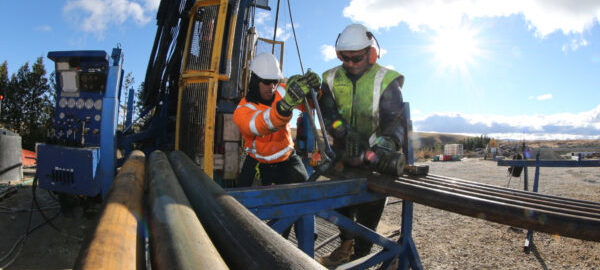Orexplore Technologies says it has signed a binding agreement with Wiluna Mining Corp to deliver site-based drill core scanning services for the ASX-listed gold miner at its namesake operation in Western Australia.
The globally focused mineral scanning technology company says the purchase order is valued at A$170,000 ($127,418) and covers a two-month agreement for the scanning and analysis of circa-2,000 m of NQ core on-site. This work, Orexplore says, will support the current exploration drill campaign activities.
Subject to site conditions and the campaign status, additional core quantities may be added to the scanning program to be determined by Wiluna.
Orexplore will deploy to site a self-sustained containerised unit using the in-field GeoCore X10® platform and the Orexplore Insight analysis software. The company will also deploy to site a scanning technician to operate the unit and effectively integrate it into the site workflows.
The significance of the agreement is that it represents a fully commercial site deployment of Orexplore’s exploration value proposition that delivers improved rapid decision making from near-real-time field-based core analysis that seeks to deliver time and cost savings across exploration programs, Orexplore said.
Orexplore’s technology platform comprises its field sensing GeoCore X10 product that extracts information from drilled core potentially hours after its extraction. GeoCore X10 is the result of over 20 years of X-ray research, algorithm development and sensor technology, offering non-destructive measurements and no drill core preparation ahead of time.
The Orexplore Insight software then connects geological decision makers anywhere in the world to analyse and interpret results to accelerate decision making, the company said.
Orexplore’s Managing Director, Brett Giroud, said: “We are extremely pleased to collaborate with Wiluna Mining as they leverage technology to increase exploration value. This agreement further confirms the increasing demand for operators to receive fast, in-field information from drilling that is fit for purpose and highly targeted towards improving dynamic exploration decision speed and quality.”
He added: “The in-field deployment of the patented GeoCoreX10 technology that combines high resolution 3D tomography with a large range of detected elements is a unique combination for the mining sector. The deployment at Wiluna, in conjunction with their exploration drilling, further supports Orexplore’s strategy and vision, and we look forward to delivering value to Wiluna.”
To date, Wiluna Mining has outlined 5.53 Moz of resources and 1.29 Moz of reserves within a 1,600 sq.km tenement package in the Northern Goldfields of Western Australia. The company, last week, said it had produced 3,855 t of gold concentrate since ramp-up (7,800 oz) at an average grade of 69.9 g/t, while three shipments and 4,488 oz of gold had been dispatched.







